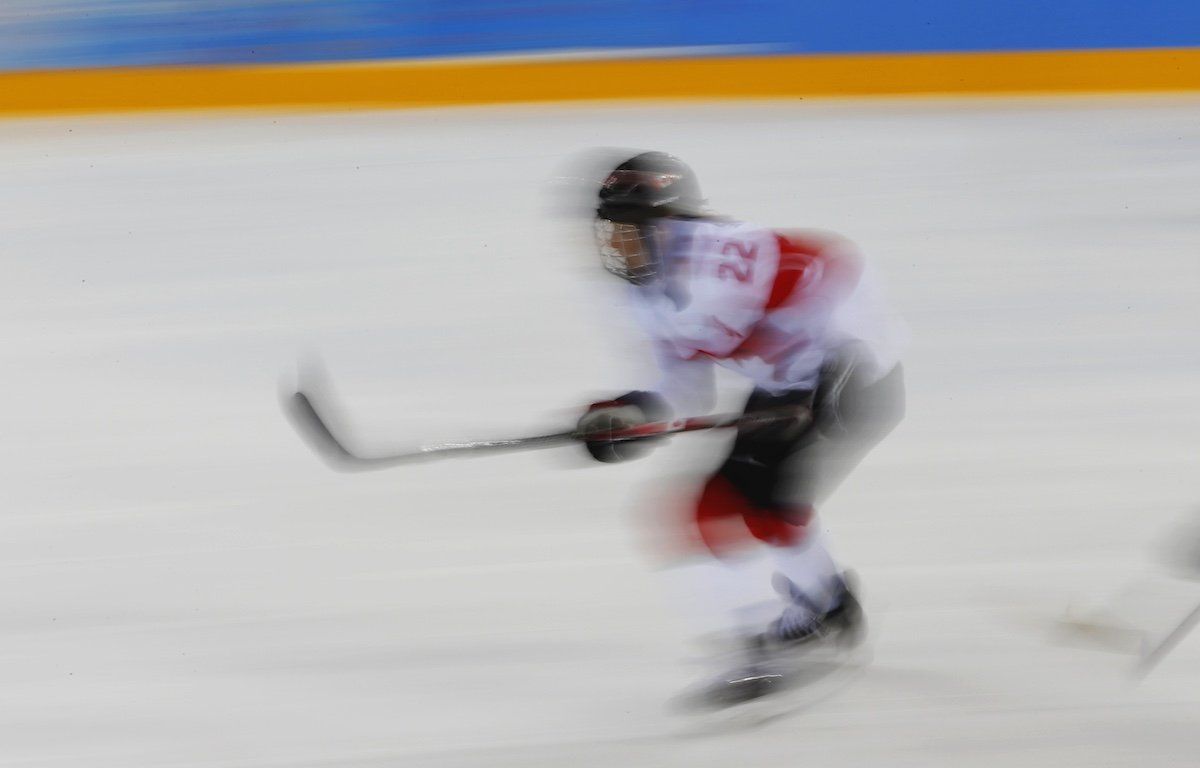Hockey fans in the US and Canada witnessed history last week as the Professional Women’s Hockey League launched its inaugural season before a sellout crowd in Toronto. The New York side beat the home team 4-0. (Losing at home is a longstanding Toronto hockey tradition.)
Teams in the new league have yet to announce their names – for now, they’re going with city names emblazoned diagonally across jerseys – but the league is off to a strong start. The capacity crowd in Toronto was matched days later in Ottawa, where Montreal beat the capital city team 3-2 in overtime. The game set an attendance record for pro women’s hockey, with over 8,300 in attendance, and drew considerable public and media attention.
The new league features an original six lineup with teams from Toronto, Ottawa, Montreal, Boston, New York, and Minnesota –mirroring four of the first six NHL teams.
It’s taken years to launch the PWHL, assisted by tennis and sports equality legend Billie Jean King, but the league’s auspicious start suggests big things may be in store for the league, its growing fan base, and women’s sports.
